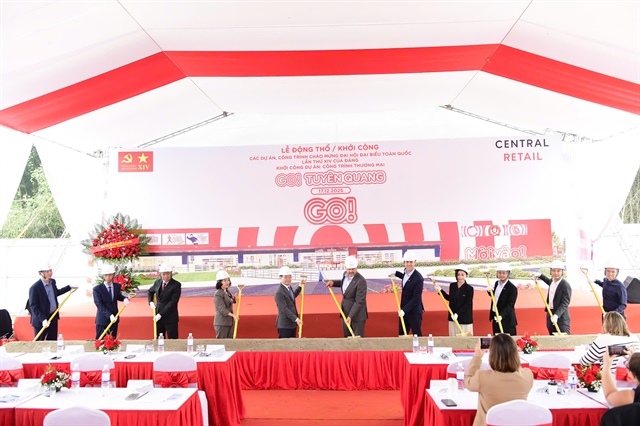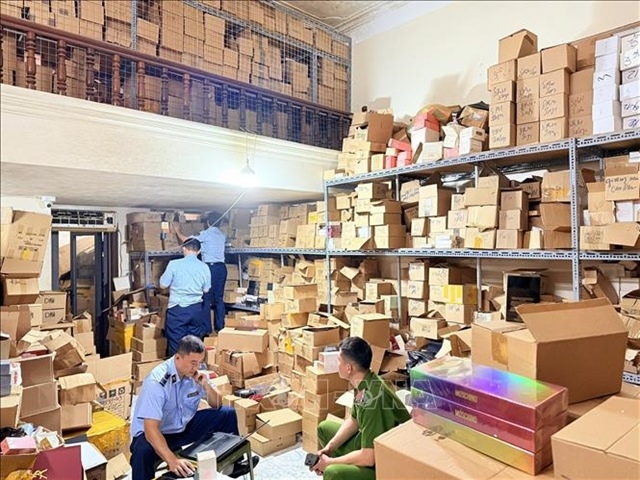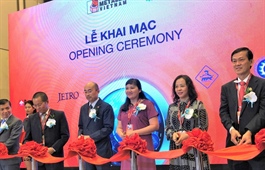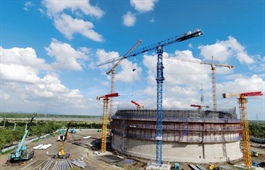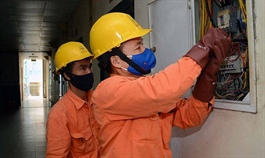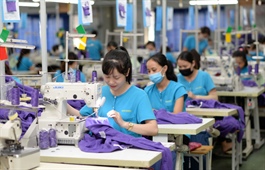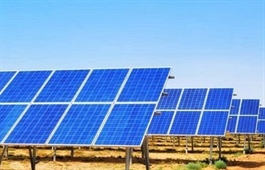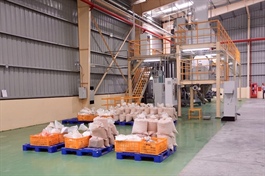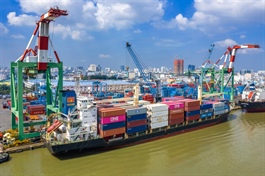EVFTA expected to drive greater Vietnamese participation in global supply chains
EVFTA expected to drive greater Vietnamese participation in global supply chains
Given the global trade recession, the newly implemented EU-Vietnam Free Trade Agreement (EVFTA) is expected to provide great opportunities for Vietnam in promoting export growth and developing supply chains.
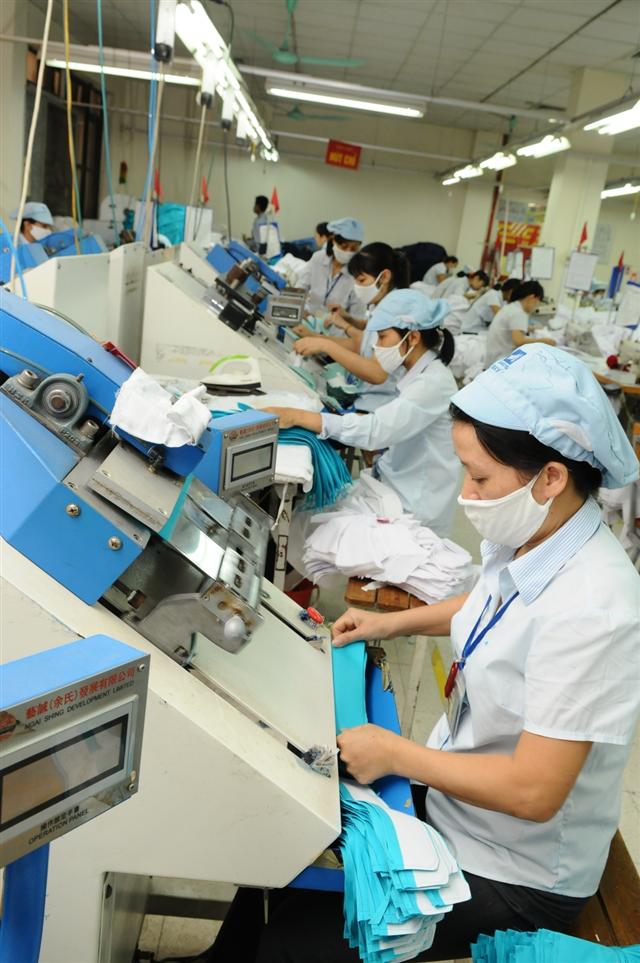
EVFTA provides opportunities for garment-textile, leather-footwear and seafood businesses
|
Julien Brun, managing partner of the CEL Consulting Company, said all of Vietnam’s free trade agreements aim to facilitate trade and support the country’s development roadmap. The EVFTA, which took effect on August 1, is the most comprehensive and ambitious free trade agreement that the EU has ever signed with a developing country in Asia. The pact is expected to yield balanced economic benefits for Vietnam and the EU by removing trade barriers and tariffs, creating a favorable investment environment, and committing to meet international standards. It will also provide opportunities for the two sides to form safe and sustainable supply chains.
Dr. Tran Hoang Ngan, director of the Ho Chi Minh City Institute for Development Studies, said that with the EVFTA, Vietnam will not depend on any supply chain as the country can do business with the market of 27 EU countries and 450 million people.
The economic structure of Vietnam is not directly competitive with that of the EU. Rather, they complement each other with their different fortes. For example, Vietnam and the EU have strengths in the garment and textile sector, with Vietnam’s advantage in manufacturing and outsourcing and the EU’s advantage in design and branding.
The EU does not have an economy nearby to meet its needs for new supply chains. As one of the first developing countries in the region that has signed a free trade agreement with the EU, Vietnam is well suited to develop new supply chains. The EU is the driving force for developing a global supply chain in Vietnam, being part of global value chains in the fields of design, manufacturing, marketing, distribution, and recycling, among other areas. Particularly, the EU is capable of sharing advantages of global value chains, including technology, data, information sources, skills and networks with foreign investors, providing opportunities for Vietnam to develop new supply chains.
Tariff and red tape cuts stipulated in the EVFTA will attract new European companies to the Vietnamese market, boosting investments and providing more options for Vietnamese consumers. With many European companies seeking to do business in Vietnam, its infrastructure, sustainable energy, information systems, logistics, cold supply chains, high-tech manufacturing and recycling will be forced to change to keep pace with new demands, Brun said.
The strong emphasis on the rules of origin, one of the core conditions for tariff cuts, will have a deep and positive impact on Vietnam’s industrial development. The rules of origin will invite companies to invest in a deeper layer of the supply chain, allowing Vietnam to be more autonomous and resilient.
Thailand, for example, has gone beyond pure assembly and successfully developed domestic supply chains, especially in the electronics and automotive sectors, making the country still competitive despite increased labor costs.
The EU will also encourage Vietnam to innovate or co-innovate to minimize environmental pollution, such as reducing the use of plastic products, avoiding chemicals in farming, encouraging recycling and saving water.
| Vu Tien Loc, chairman of the Vietnam Chamber of Commerce and Industry, said the EVFTA will help Vietnam boost exports, perfect supply chains, strengthen institutional reforms, and improve competitiveness of the economy and businesses. |





